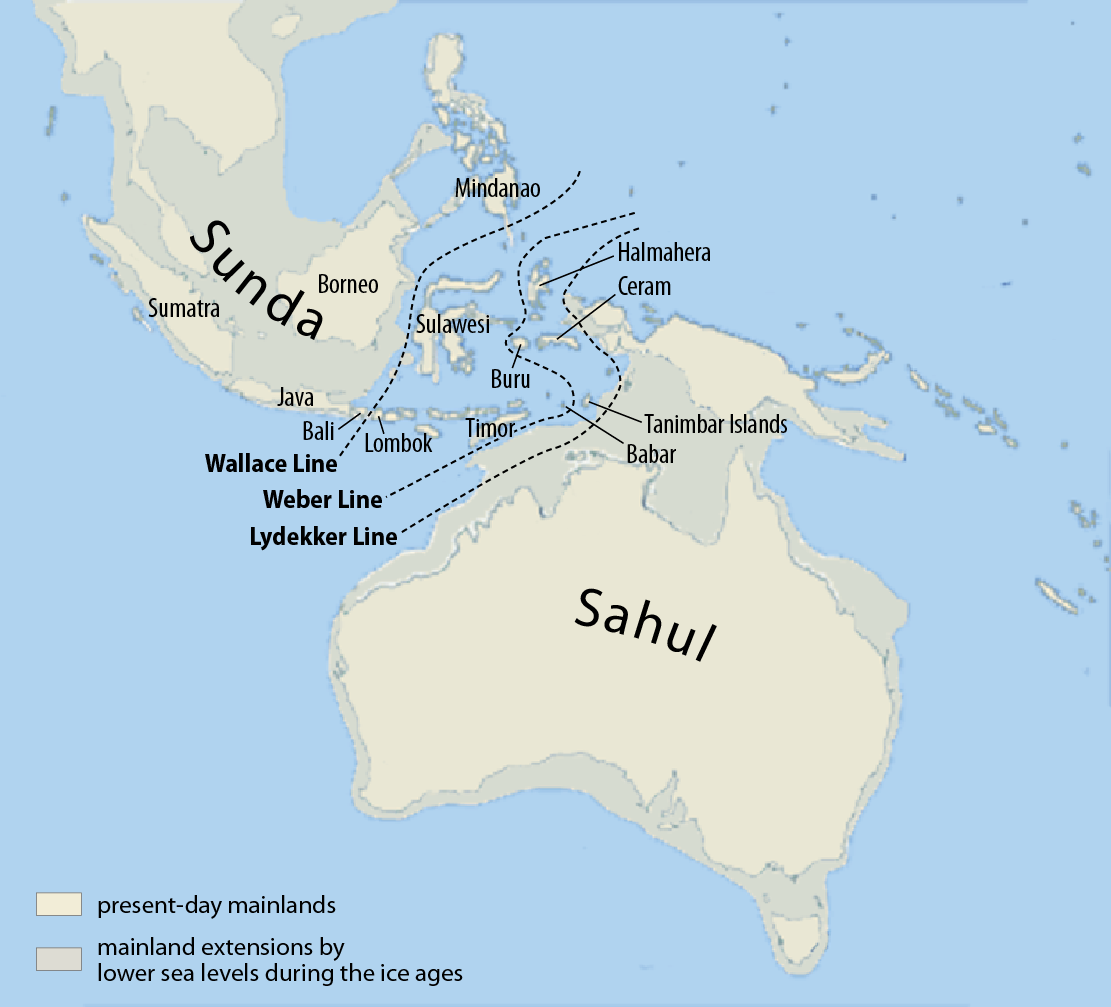FROM Atlantis to Hawaii, almost every culture has a story about a great flood that either sank a continent or a mythical island. However, here in South East Asia, our sunken continent is actually grounded in truth.
Already a subscriber? Log in.
Get 30% off with our ads free Premium Plan!

Cancel anytime. No ads. Auto-renewal. Unlimited access to the web and app. Personalised features. Members rewards.
Follow us on our official WhatsApp channel for breaking news alerts and key updates!






